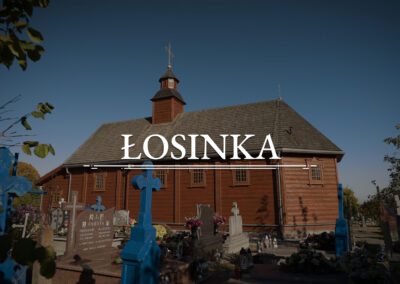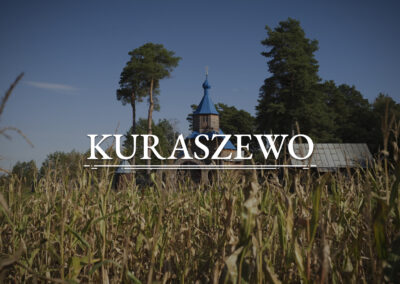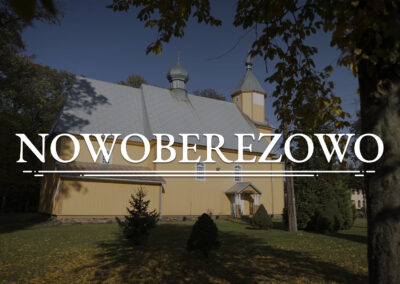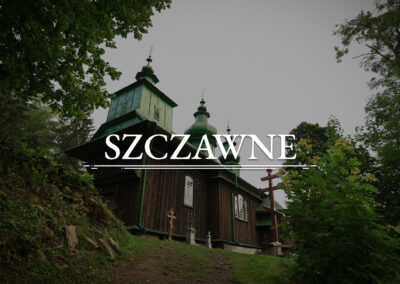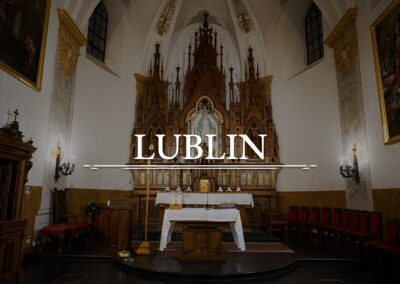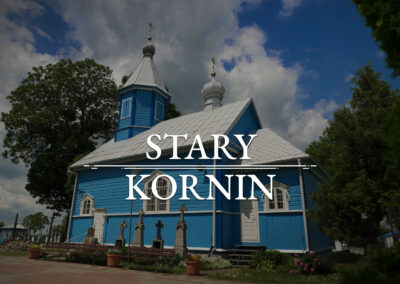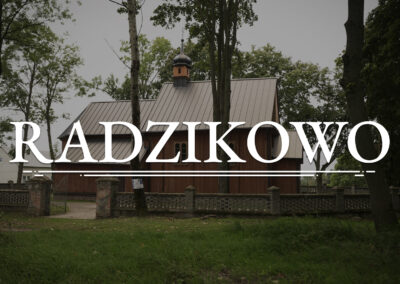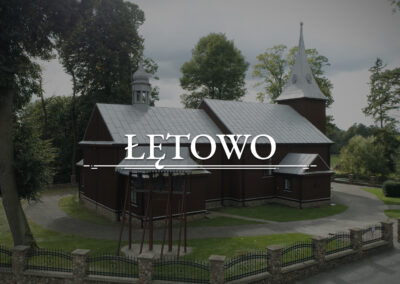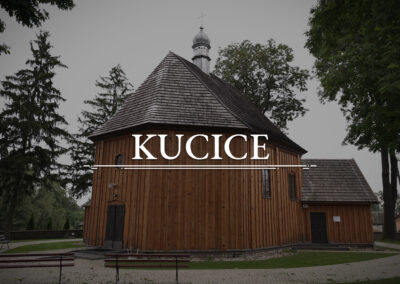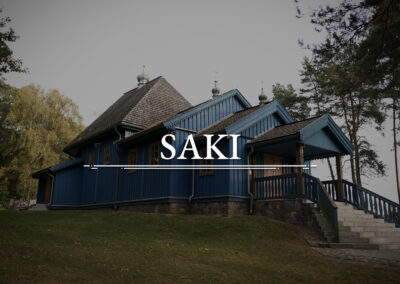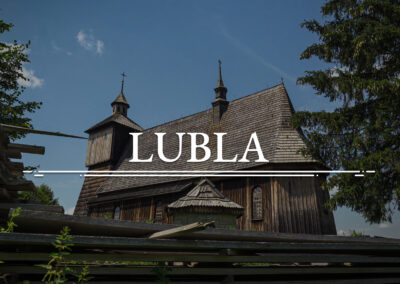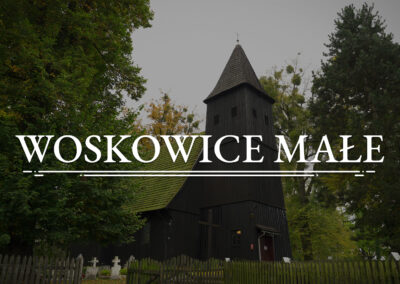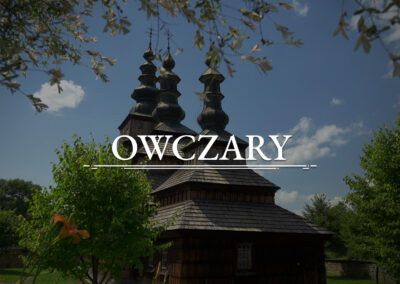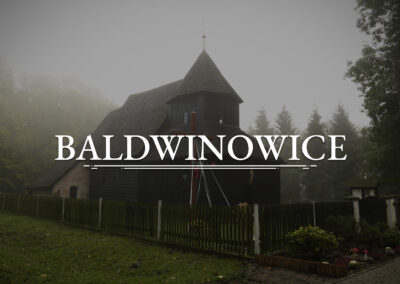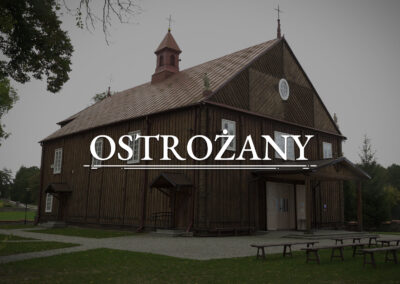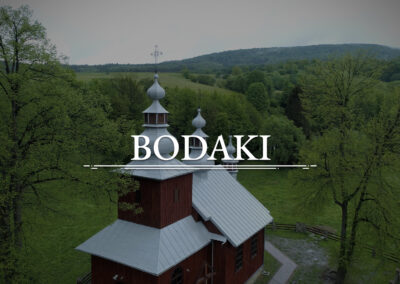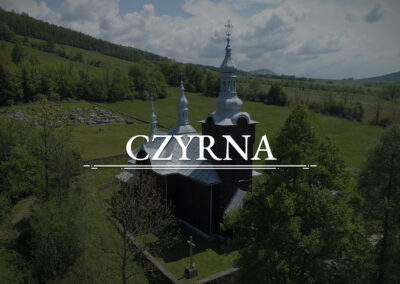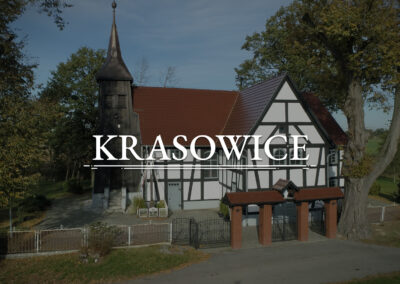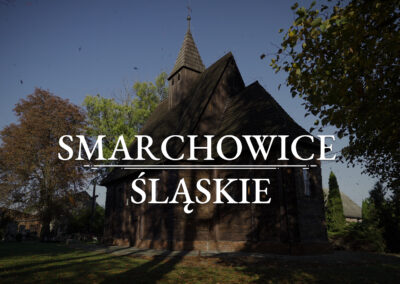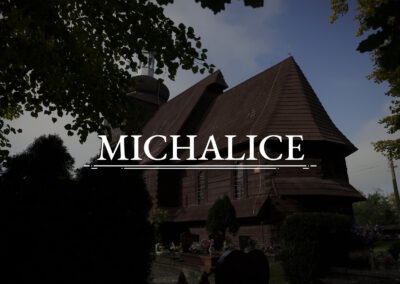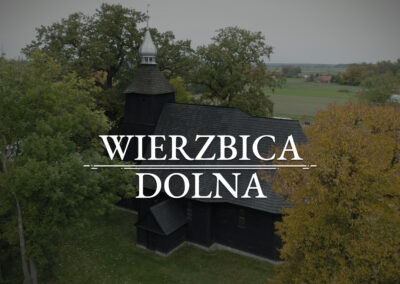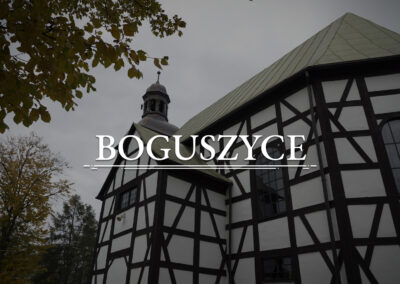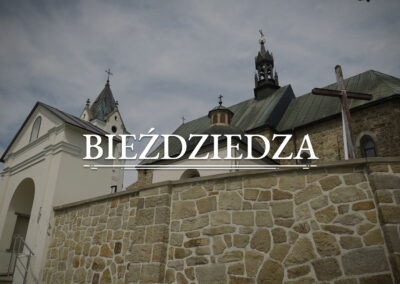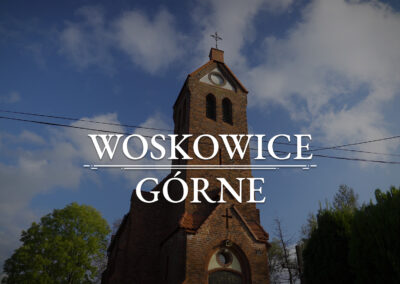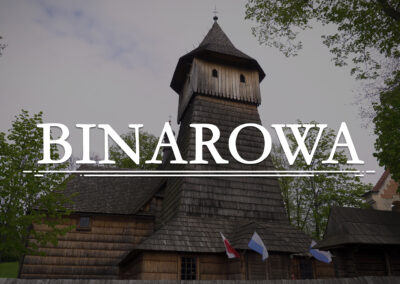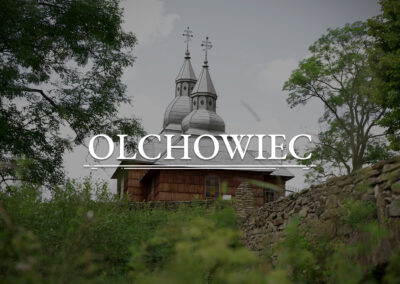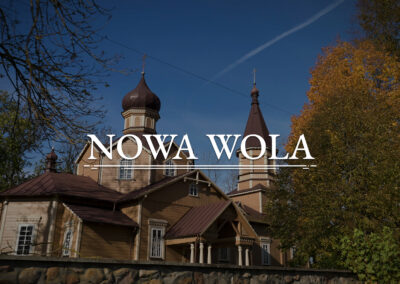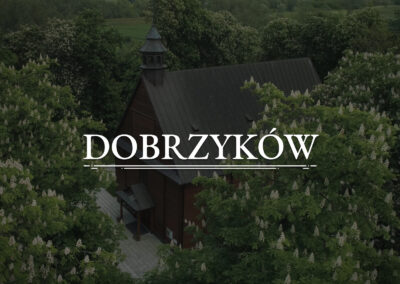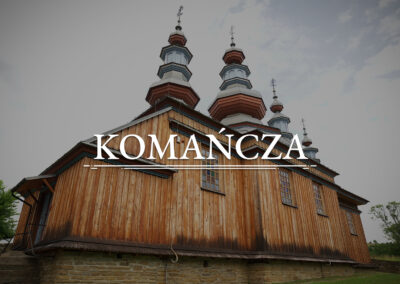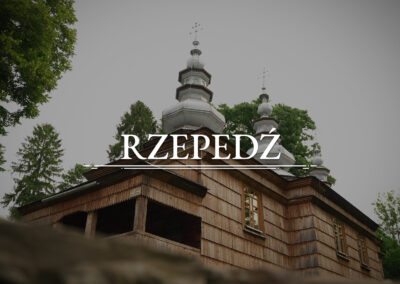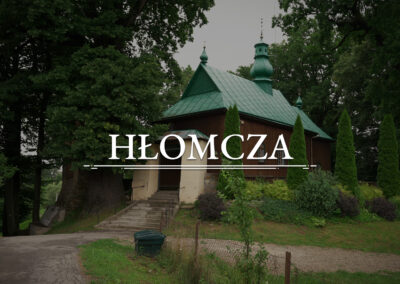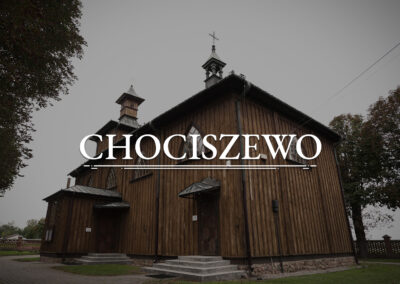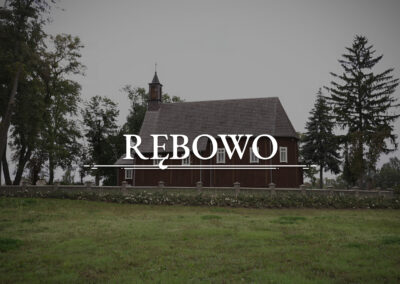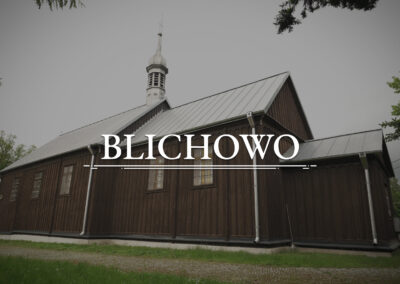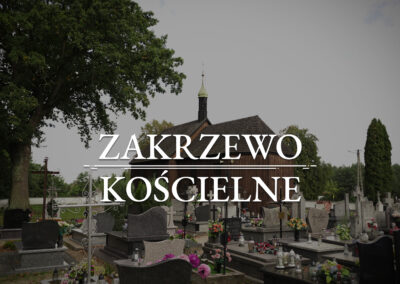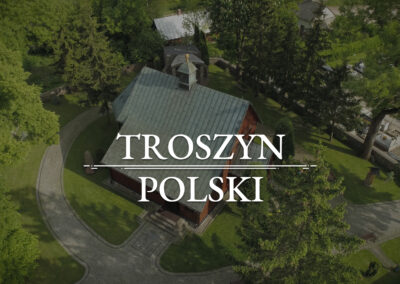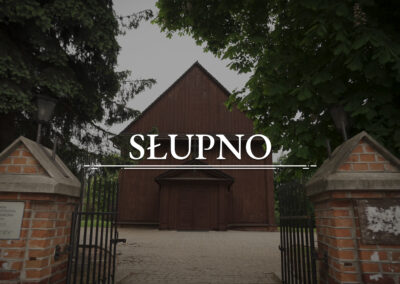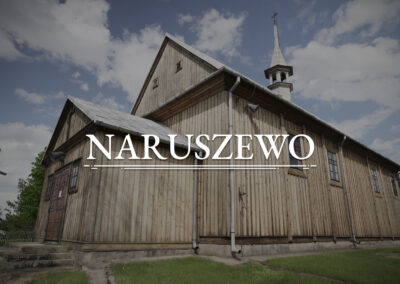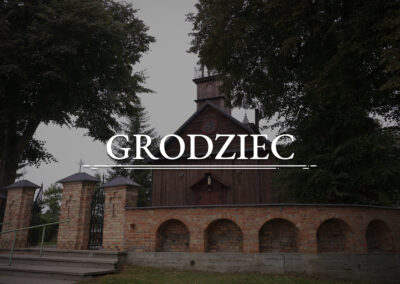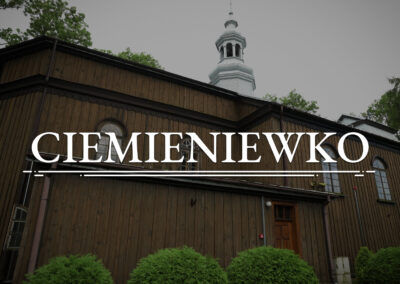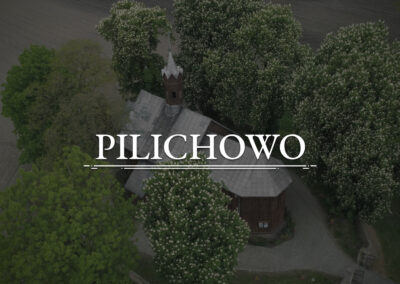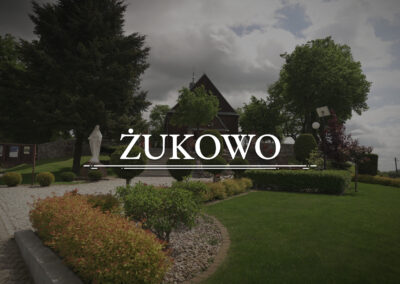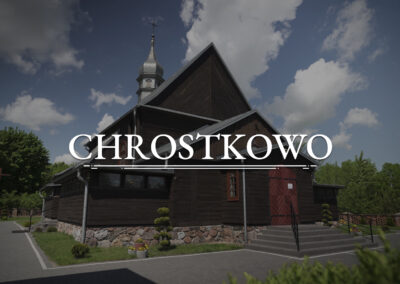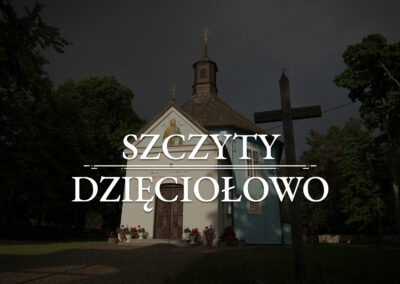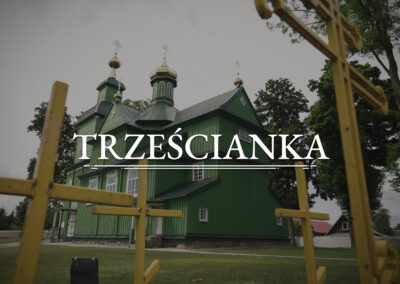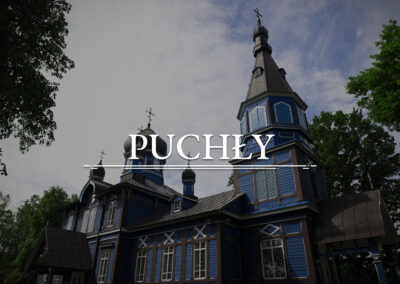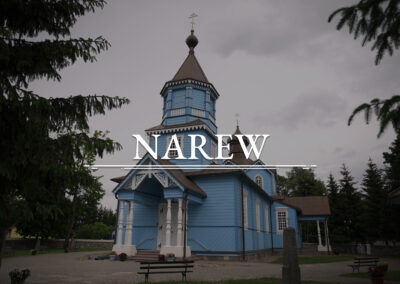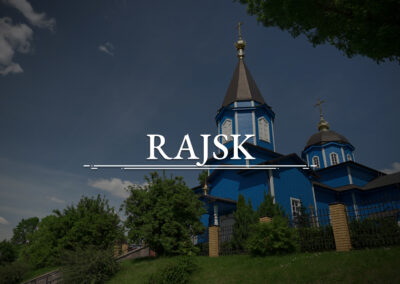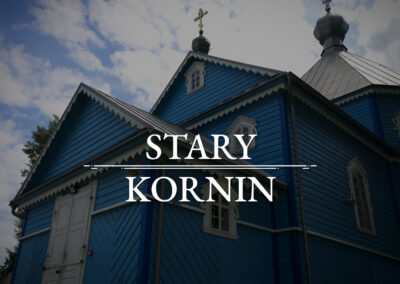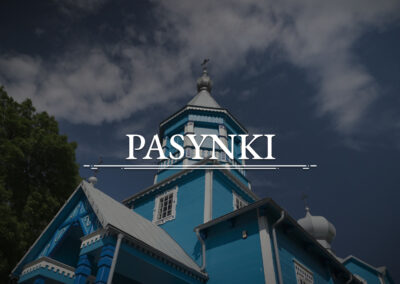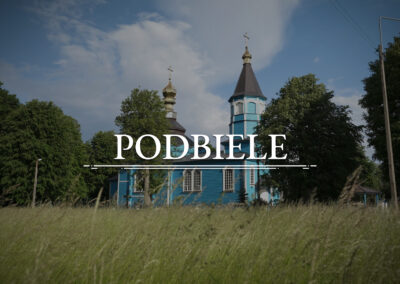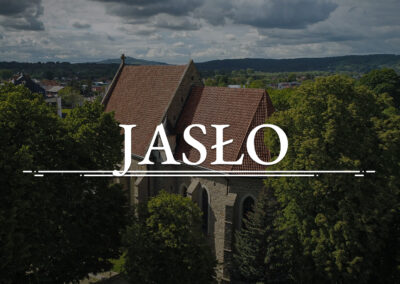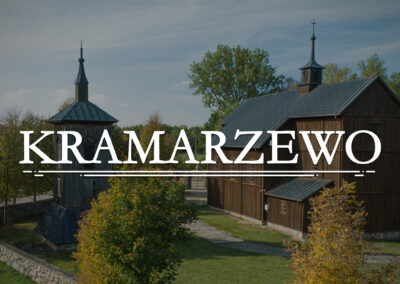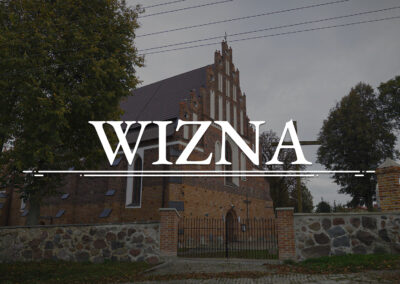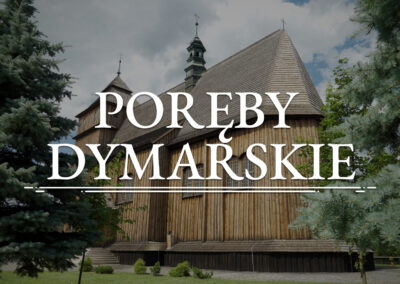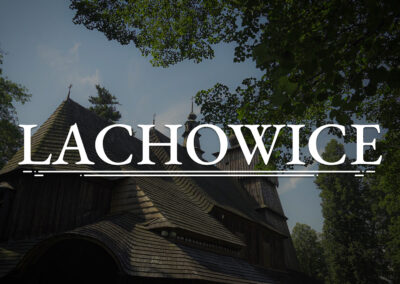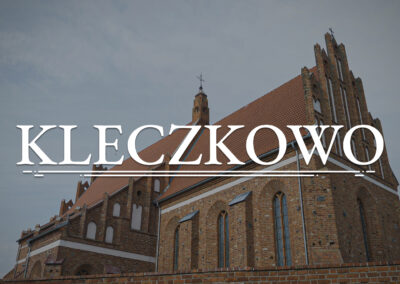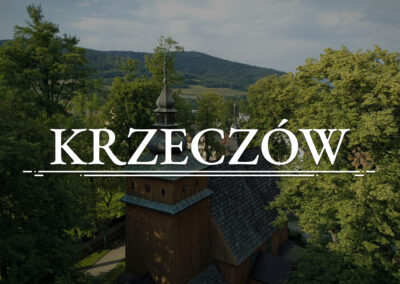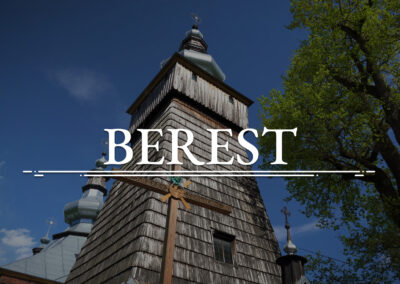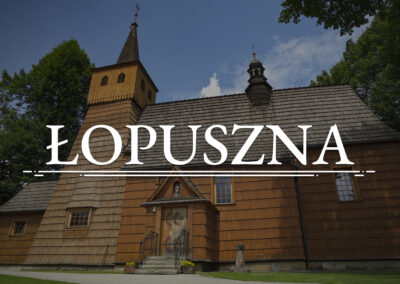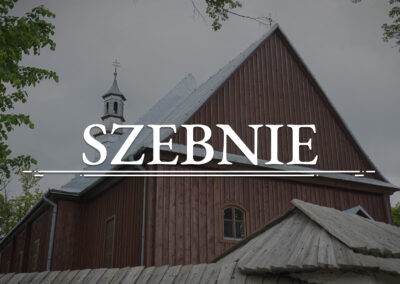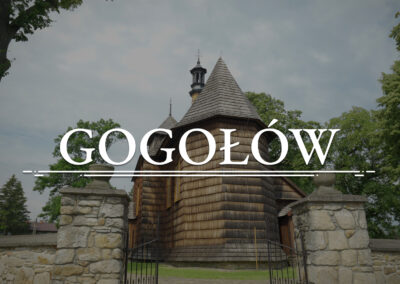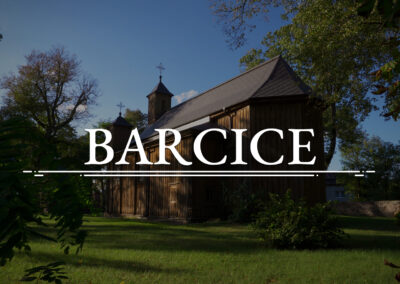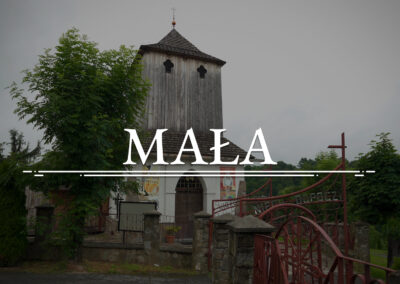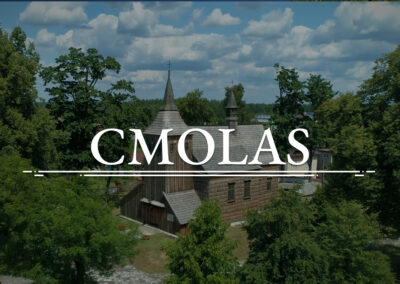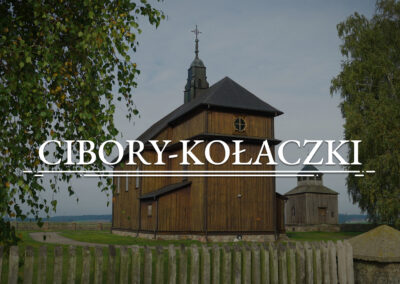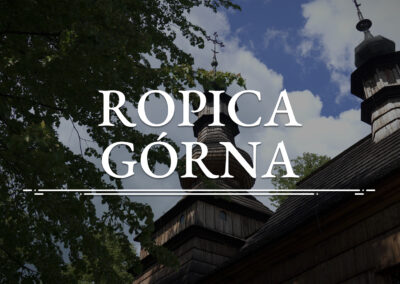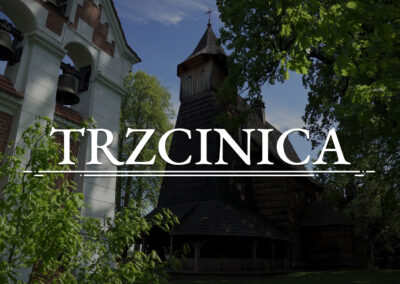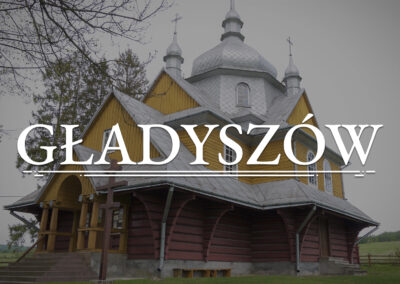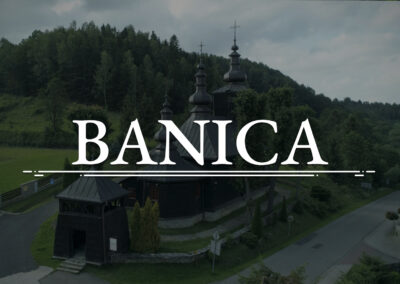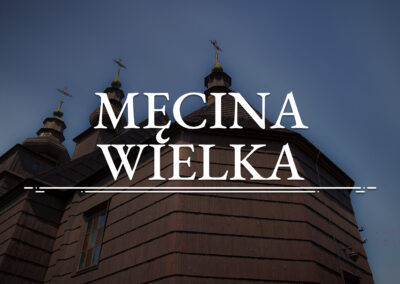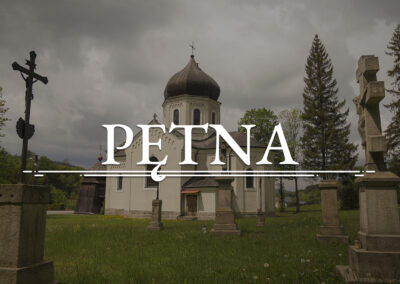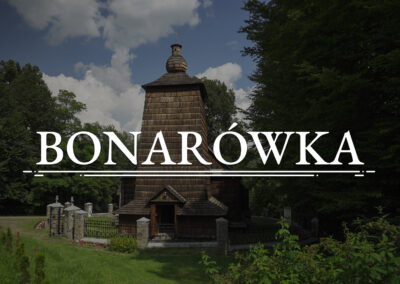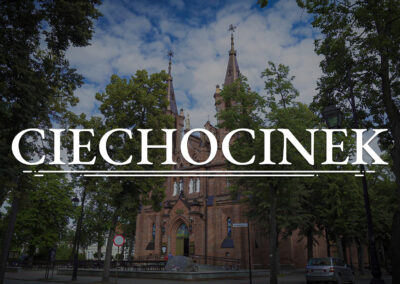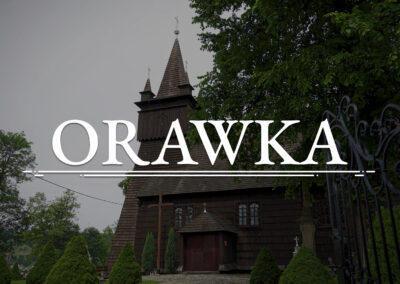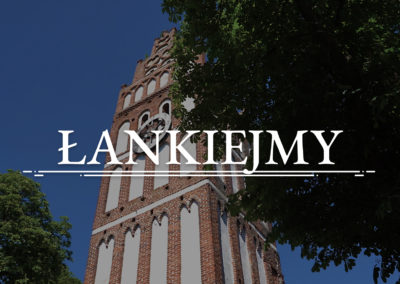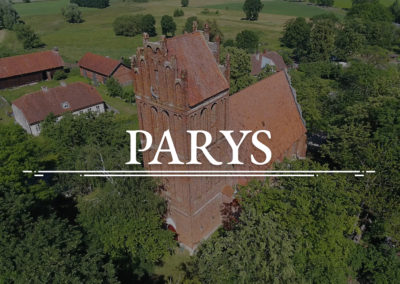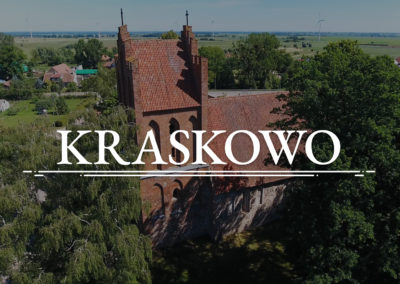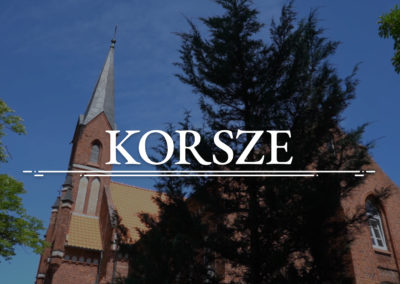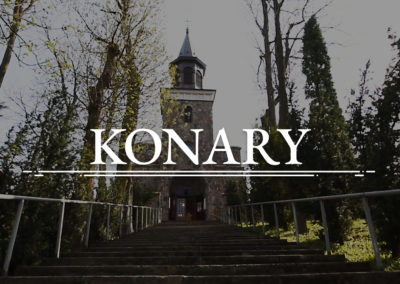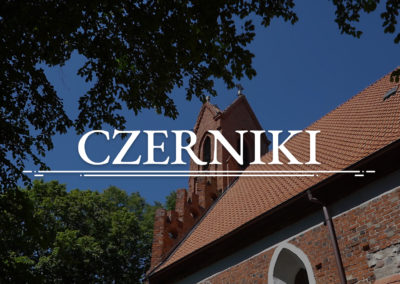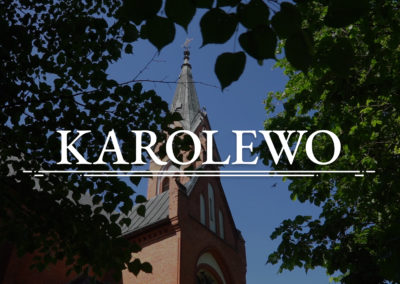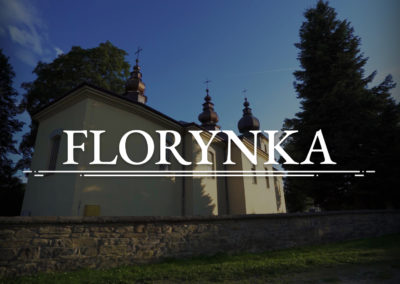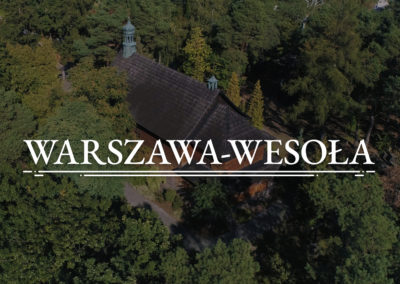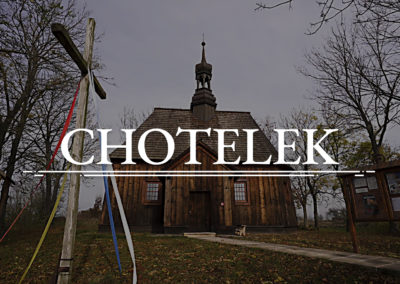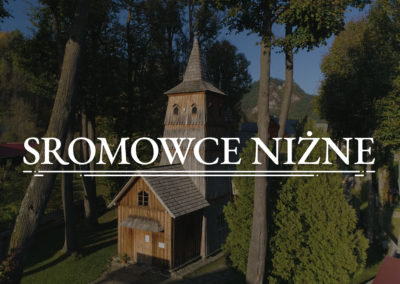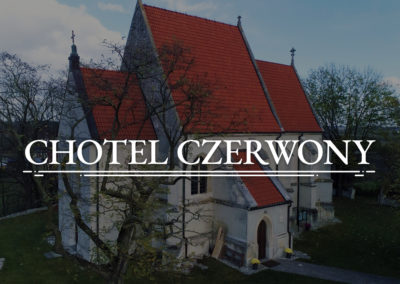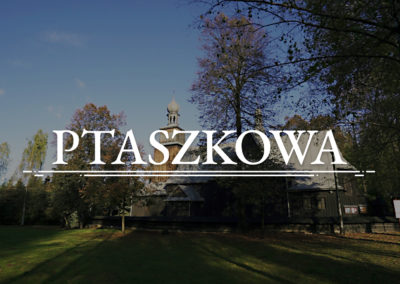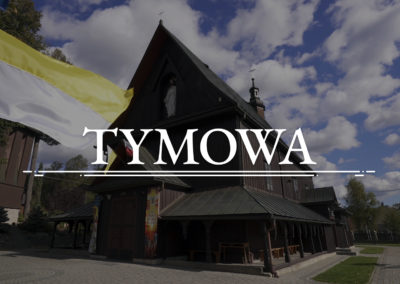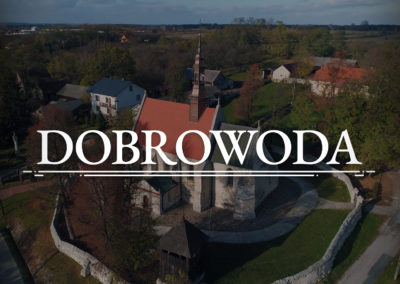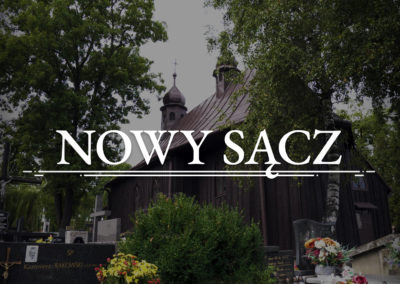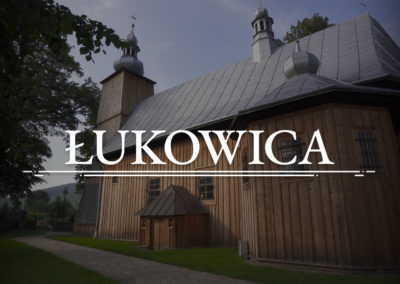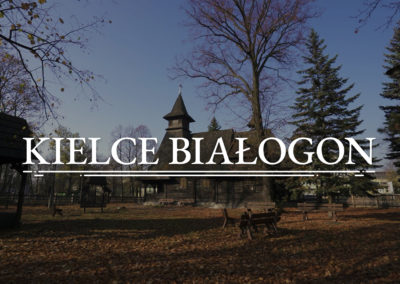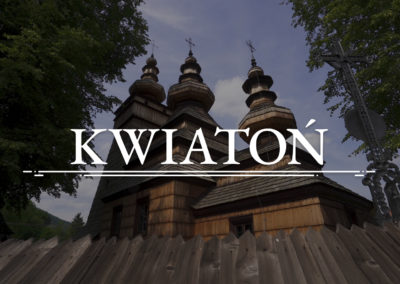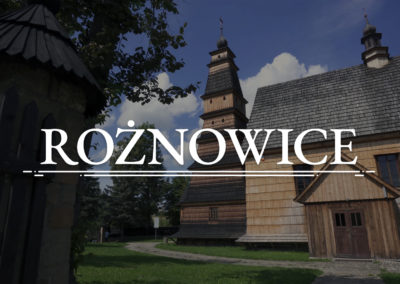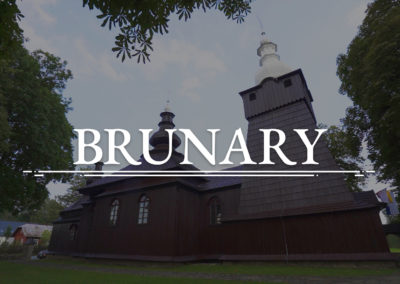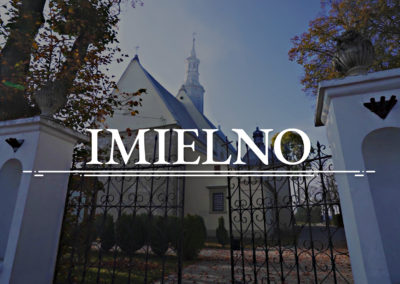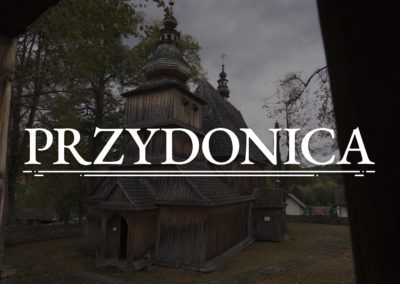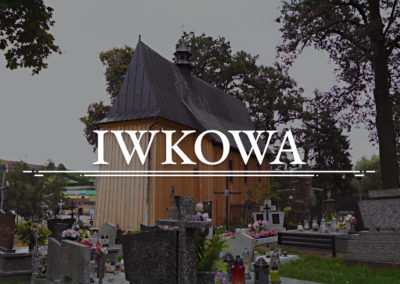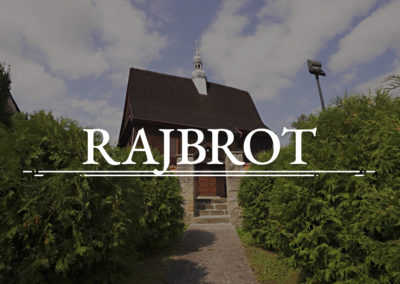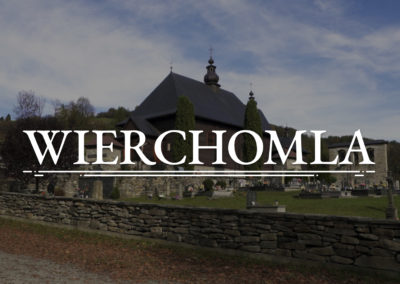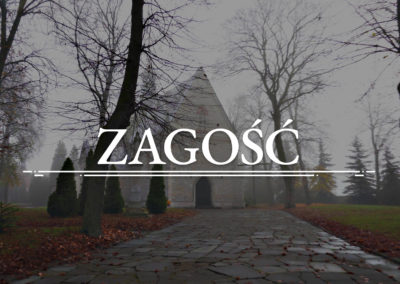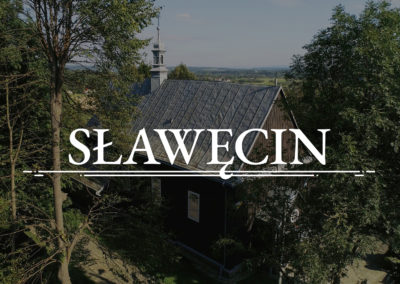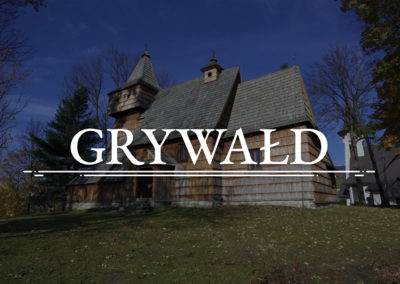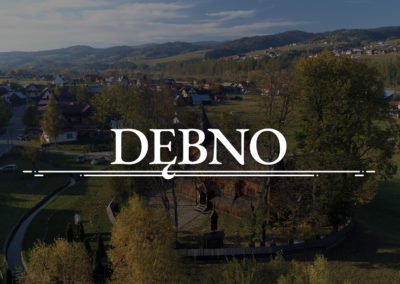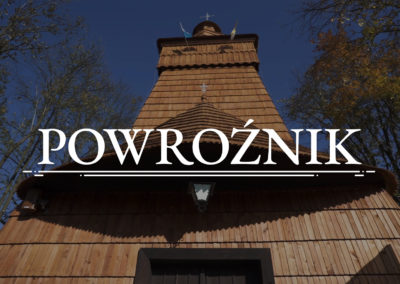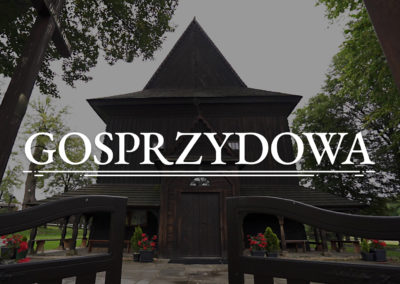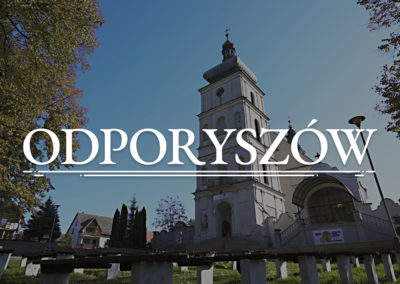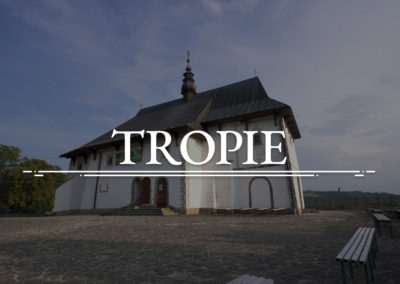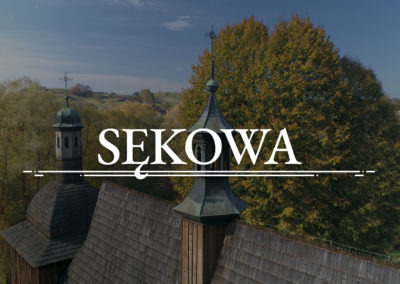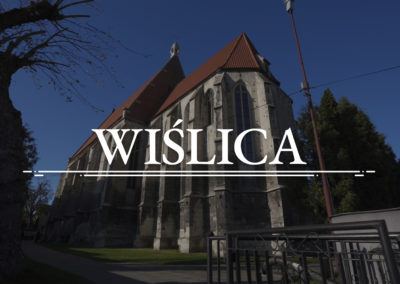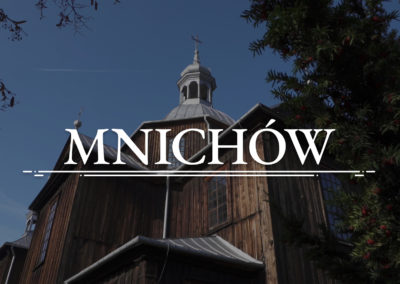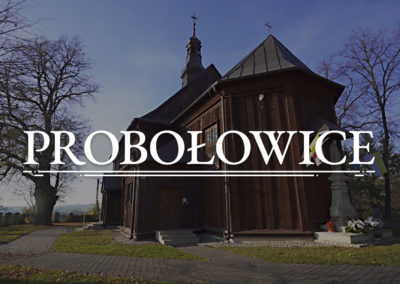TRZCINICA - Church of St. Dorothy
The Church of St. Dorothy was built in 1551. Its wooden structure still captivates visitors. For this reason, the site became one of the attractions of the Wooden Architecture Route in the Podkarpackie Voivodeship. The church was founded at the initiative of a married couple from the Ociescy noble family, who played the role of a land-starost and who allocated funds for the construction. Zofia Ocieska from Marszowice gave the idea and Jan Ocieski, her husband, the starost of Biecz and deputy chancellor of the crown, disbursed the funds.
CHURCH
IN TRZCINICA
This church is located in Trzcinica, not far away from Rzeszów and is more than 400 years old. Interestingly, people settled down here in a much earlier time. The oldest archaeological artifacts found here indicate the presence of people in the Bronze Age i.e. four thousand years ago. The 7th century CE left some historical treasures such as the remnants of a Slavic fortified town. It survived until the 14th century, when it was destroyed by fire and then, remained in the memory only. The place where it stood is now called the Royal Embankment.
The Church of St. Dorothy was built in 1551. Its wooden structure still captivates visitors. For this reason, the site became one of the attractions of the Wooden Architecture Route in the Podkarpackie Voivodeship. The church was founded at the initiative of a married couple from the Ociescy noble family, who played the role of a land-starost and who allocated funds for the construction. Zofia Ocieska from Marszowice gave the idea and Jan Ocieski, her husband, the starost of Biecz and deputy chancellor of the crown, disbursed the funds. The exact date of the consecration is known as the preserved sources indicate that it was on 5 February 1557. The consecration was to have been performed by bishop Andrzej Zebrzydowski himself or by Andrzej Spot, his suffragan. The presence of such high-ranking church officials is the proof of the importance of the church and the position of its founders.
Thanks to the involvement of parish priests and the faithful, the church underwent many renovations, and its structure has evolved. Already in the 16th century, a tower was added and in the beginning of the 20th century a brick bell tower was built near the church. Even though, a new parish church was built nearby in the 1980’s, offering spiritual shelter to a much bigger number of the faithful, the old sacred place of worship still enjoys the status of a local gem.
The end of the 20th century and the first two decades of the 21st century were filled with intense renovation works in the old church. Conservators and art historians made sure the old church recovers its genuine character. All the efforts were not vain as successive layers finally revealed an original figurative and ornamental polychromy. This priceless painting depicts the Last Judgment on the wall of the presbytery and a monumental figure of St. Christopher on the northern wall of the nave. Additionally, the coffering on the nave ceiling and a row of twelve Apostles with Jesus on the sill of the choir loft were renovated as well. It is worth underlying that it dates back to the 16th or the 17th century and was executed in lime casein technique. This technique assumes the use, among others, of cottage cheese and skimmed milk! The last element is used to cover the wall with ground before applying plaster. The outcome is so long-lasting that it can hardly be washed off and humidity does not pose any threat.
It is worth visiting the church of St. Dorothy when the bell, called after the patron saint, is ringing in the bell tower. The bell was founded in 1995 at the occasion of the 600th anniversary of the village. It weighs 420 kg and its tone is b’.
Inside the church, visitors should see the above mentioned polychromy and a double door from the 15th century in the west portal, that still has Gothic forged ferrules with rhombic and leafy motives. Besides, the site can be proud of such gems like the side altars from the 18th century, the pulpit from the turn of the 18th century, a Gothic group of passions on the rood beam, a baptismal font from the beginning of the 19th century and the tombstone of Stanisław Jabłonowski topped with the urn in the shape of an antique vase from 1806 located on the southern wall of the presbytery.
At the end of the visit we recommend going for a walk around the church to admire more than 600-year-old oak trees that grow next to the site.
TRZCINICA | Church of St. Dorothy
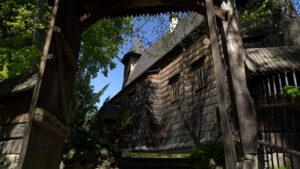
COFUNDED BY THE MINISTER OF CULTURE AND NATIONAL HERITAGE
ORIGINATING FROM CULTURE PROMOTION FUND



